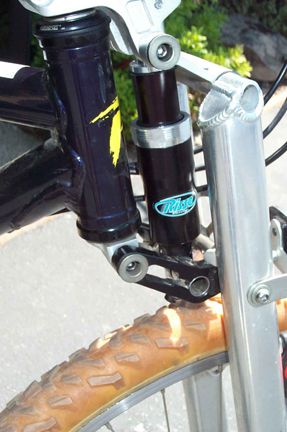pushbikerider
Dirt Disciple
Howdy folks,
Couldn't resist searching for my old employer when I discovered the retro forums - and even more impressed that people have remembered Quasar forks and want to still ride them!
I was, for most of the few years they were around, one half of Quasar Racing and still have the business card to prove it; 'Race Engineer' it says here.
If you'd like to know anything just fire away and I'll try my best to help. I've got copies of the original brochures for the first two models of fork plus I've saved some mag reviews and such if anyone's interested...
Couldn't resist searching for my old employer when I discovered the retro forums - and even more impressed that people have remembered Quasar forks and want to still ride them!
I was, for most of the few years they were around, one half of Quasar Racing and still have the business card to prove it; 'Race Engineer' it says here.
If you'd like to know anything just fire away and I'll try my best to help. I've got copies of the original brochures for the first two models of fork plus I've saved some mag reviews and such if anyone's interested...
